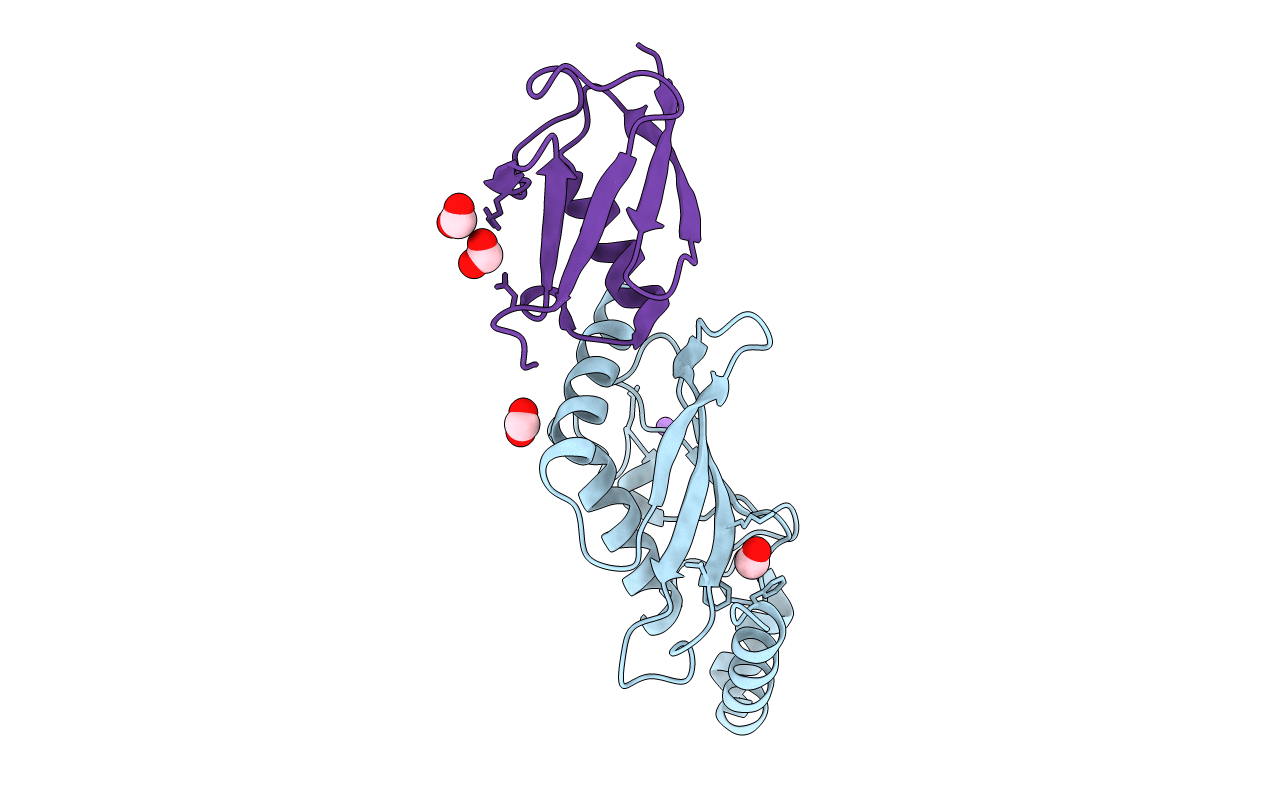
Deposition Date
2008-04-13
Release Date
2008-08-19
Last Version Date
2023-12-13
Entry Detail
Biological Source:
Source Organism:
MUS MUSCULUS (Taxon ID: 10090)
HOMO SAPIENS (Taxon ID: 9606)
HOMO SAPIENS (Taxon ID: 9606)
Host Organism:
Method Details:
Experimental Method:
Resolution:
2.22 Å
R-Value Free:
0.25
R-Value Work:
0.17
R-Value Observed:
0.17
Space Group:
P 21 21 21


